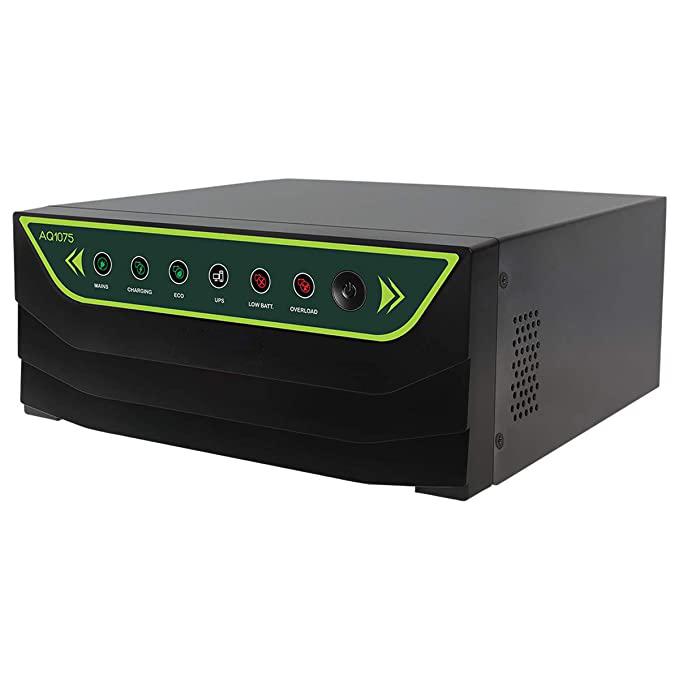Description
Inverters take the 12V DC input from your battery and change it to a 230V AC output, allowing you to run household appliances in your vehicle or boat when away from site/shore power and meaning you don’t have to invest in dedicated 12V powered equipment. Two types of inverter are available; Quasi (or modified) Sine Wave inverters and Pure Sine Wave inverters. Quasi sine wave inverters will power 95% of household appliances (e.g. microwaves, kettles, hairdryers, blenders, TVs, laptops etc.) but some pieces of equipment that are thyristor-controlled will only run from a pure sine wave inverter (examples are washing machines).
You should determine the power consumption (in Watts W) of the largest piece of equipment you are likely to want to run and then choose an inverter that provides this, plus a good amount of spare capacity Remember that when using an inverter you will probably be discharging your battery at a much faster rate than you would when using 12V equipment, so you may want to have your battery charger switched on or your engine running to replenish the battery if using the inverter for long periods.
Advantages of Home Inverters
- Can be an energy efficient way of changing voltage.
- Can step voltage up or down.
- Can provide electrical isolation between input and output.
- Can convert direct current (DC) to alternating current (AC) to support various electrical instruments.
- Can smooth out random variations in input voltage.
- Can be used to produce 50 Hz from a 60 Hz supply or vice versa.





Reviews
There are no reviews yet.